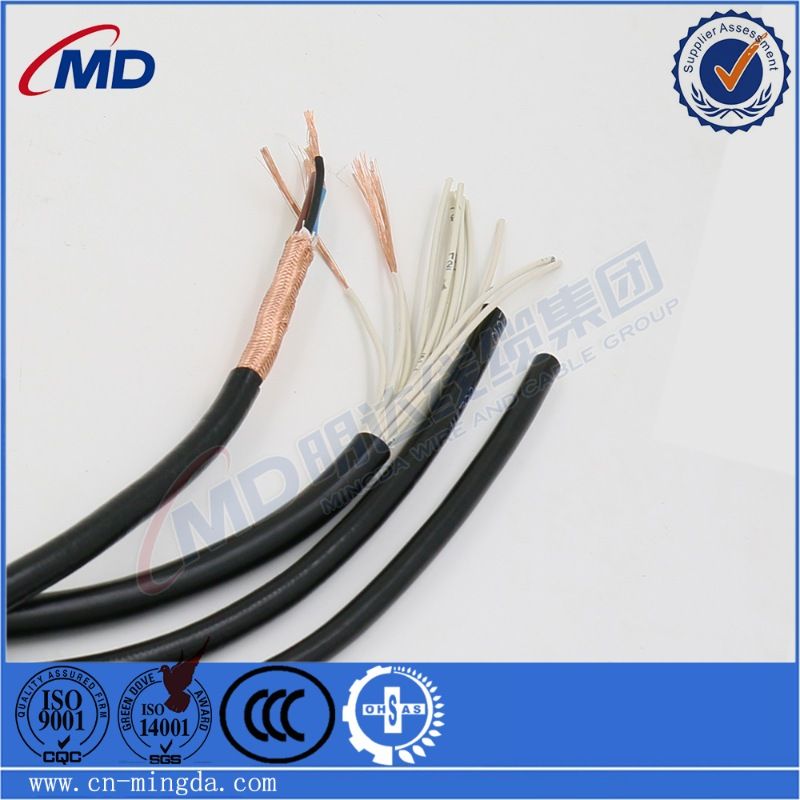Electrical control cables are indispensable in various industrial and commercial applications. These cables transmit electrical signals, enabling the control and monitoring of machinery and systems. In this comprehensive guide, we explore the different types of electrical control cables, their construction, applications, and the features that make them suitable for various environments.

Electrical control cables interconnect electrical devices for automation and control purposes. Critical in industries such as manufacturing, energy, transportation, and construction, these cables ensure accurate signal transmission, facilitating the smooth operation of complex systems.
Conductors: Usually made from copper or aluminum, responsible for carrying electrical signals.
Insulation: Surrounds the conductors to prevent short circuits and protect against electrical interference. Common materials include PVC, XLPE, and PE.
Shielding: Provides additional protection against electromagnetic interference (EMI), ensuring signal integrity.
Sheathing: The outer layer that protects the cable from environmental factors such as moisture, chemicals, and mechanical damage.
Multi-conductor control cables consist of several conductors, each insulated from one another, and enclosed in a single jacket. These cables are ideal for transmitting multiple signals from one location to another.
Applications: Used in industrial control systems, machinery, and conveyor systems.
Features: Offers flexibility, ease of installation, and resistance to environmental factors.
Paired control cables consist of two insulated conductors twisted together to form a pair. These pairs are often shielded to minimize interference and crosstalk.
Applications: Commonly used in data transmission, communication systems, and low-voltage control circuits.
Features: Enhanced signal integrity, reduced EMI, and better performance in noisy environments.
Shielded control cables include an additional layer of shielding, which can be made from materials such as aluminum foil or braided copper.
Applications: Ideal for environments with high levels of EMI, such as near heavy machinery and electrical equipment.
Features: Provides superior protection against interference, ensuring reliable signal transmission.
Armored control cables are designed with an extra layer of metal armor, providing additional mechanical protection.
Applications: Suitable for underground installations, harsh industrial environments, and areas prone to physical damage.
Features: High durability, resistance to physical impacts, and protection against rodents and other potential threats.
Flexible control cables are constructed with materials and designs that allow for greater flexibility and movement.
Applications: Used in applications requiring frequent movement or flexing, such as robotics, automated machinery, and cable tracks.
Features: High flexibility, resistance to bending and twisting, and long service life in dynamic applications.
Instrumentation control cables are specifically designed for transmitting low-level signals in measurement and control applications.
Applications: Widely used in process control, instrumentation systems, and data acquisition.
Features: High accuracy in signal transmission, low noise levels, and robust construction to withstand industrial environments.
In the realm of modern industrial and commercial systems, electrical control cables play a crucial role in facilitating connectivity for control and automation. Understanding the different types of control cables and their unique features enables informed decision-making, ensuring that the right cable is selected for each specific application. By taking into account environmental conditions, electrical requirements, and mechanical properties, you can enhance the efficiency and reliability of your systems.
Previous: How to Choose the Best Metallic Conduits Solution?
Next: None
Comments
Please Join Us to post.
0